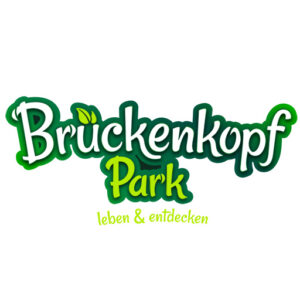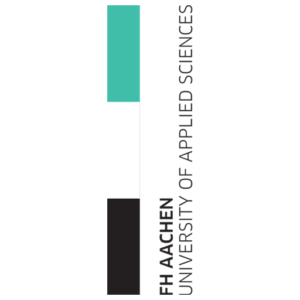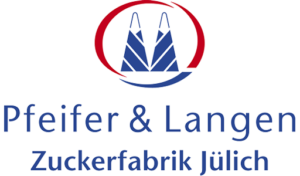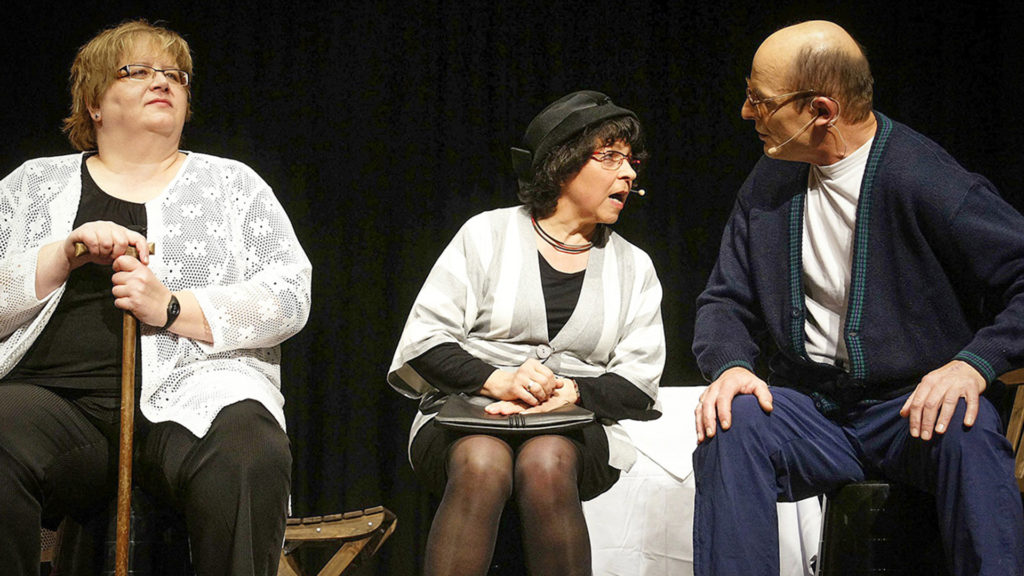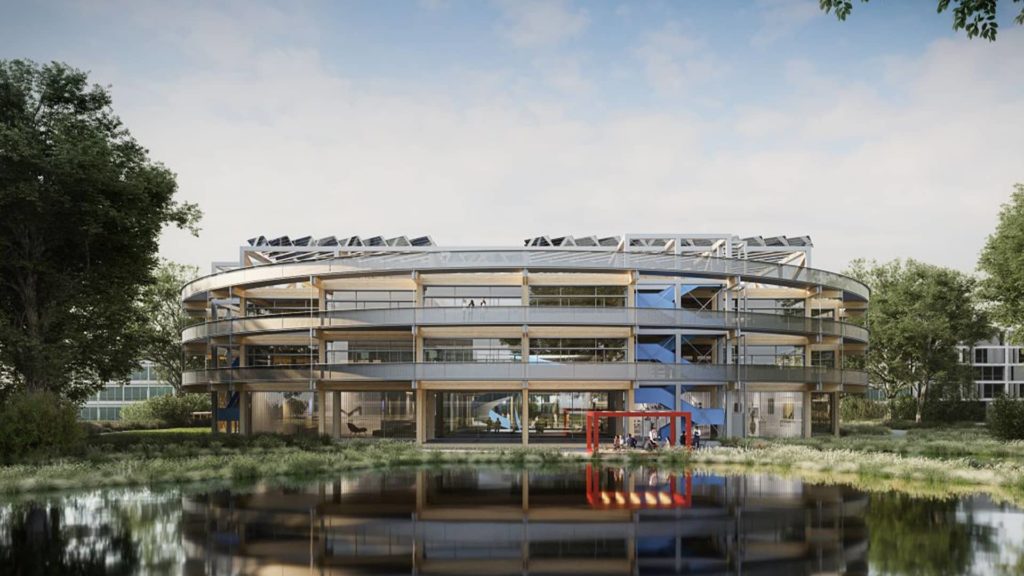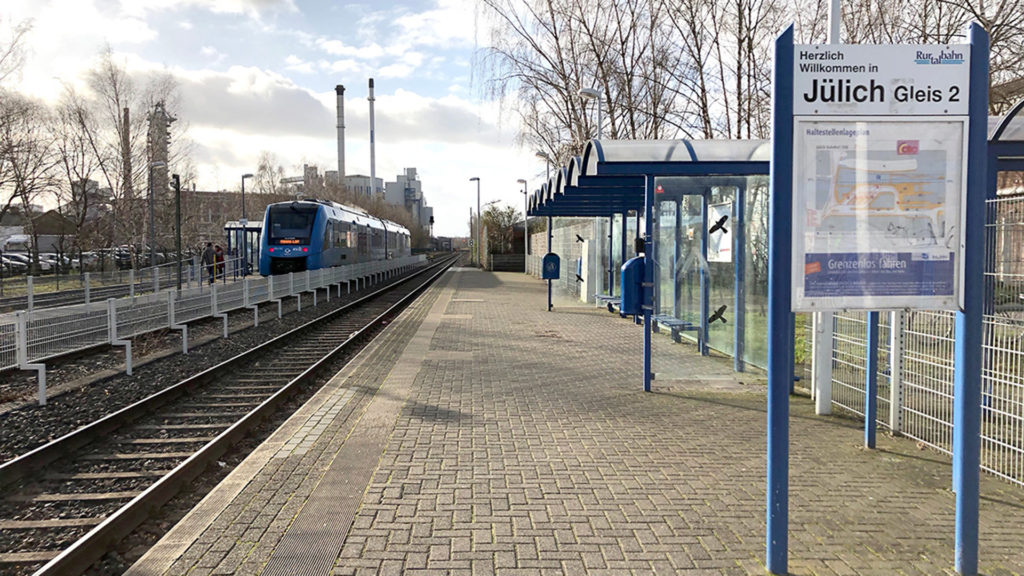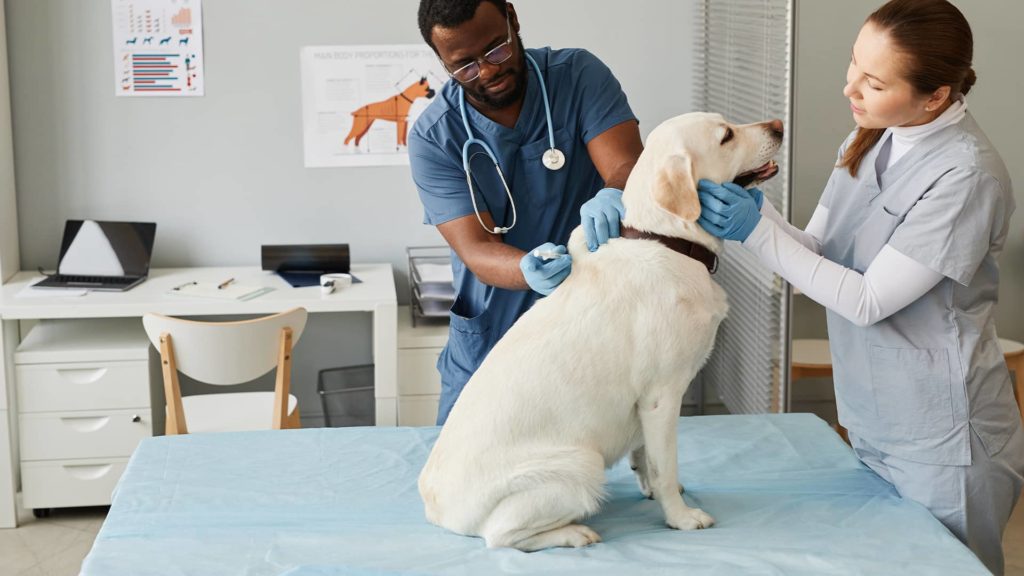The “Jülicher” is a phenomenon: it is omnipresent yet never seen alone. There is even a book about this special species, edited by Wolfgang Hommel: “Die Jülicher und ihre Wurzeln” (“The Jülich People and Their Roots”).
Rarely do you hear in the old city by the Rur the declarative words: “I am a Jülicher!” Among “old Jülich residents,” people tend to identify more with “Muttkrat,” an old term for the inhabitants of the “historic fortified city.” “Everyone who feels like a Jülicher should be allowed to call themselves Muttkrate,” as one of the original Muttkrate, Hein Ningelgen, once passionately demanded.
Those born in Jülich are called Muttkrat (plural: Muttkrate). Although the origin of the word is not particularly flattering, it derives from the words “Mutt” (mud) and “Krat” (toad). The toads would hide in the mud of the fortress ditches when there was danger. Additionally, Jülich was built on marshland, as evidenced by the Rur floodplains, which provides another origin for the nickname.
In memory of these Jülicher “originals,” a “Muttkrat” was installed as an organ “pipe” at the new main organ of the Catholic Propsteikirche during the State Garden Show. It produces a unique croaking sound that is unlike any other church organ. Additionally, the “Ellritzen” friends’ group donated the Muttkrat fountain, designed by Bonifatius Stirnberg, which was unveiled and put into operation on July 7, 2011. The fountain features partially movable Muttkrate.
The fact that the Jülich people are still not finished with this topic is shown by the fact that the judoka are organizing a Muttkrate tournament, the city marketing association has launched a Muttkrate marketing and in 2021 it was discussed whether the traffic light men and women would be replaced by Muttkrate could


